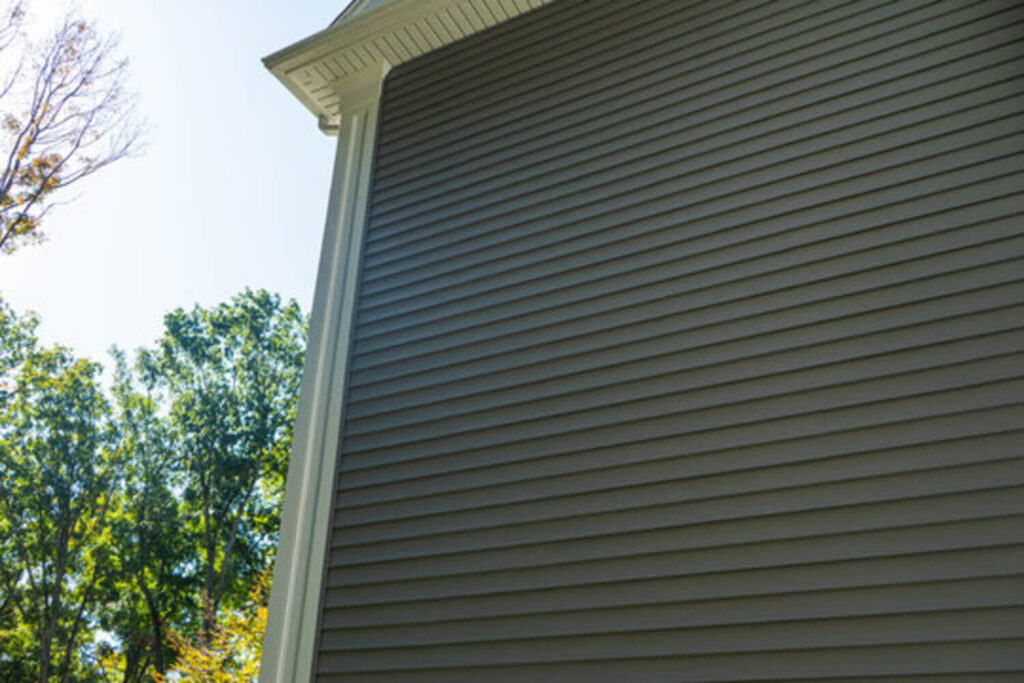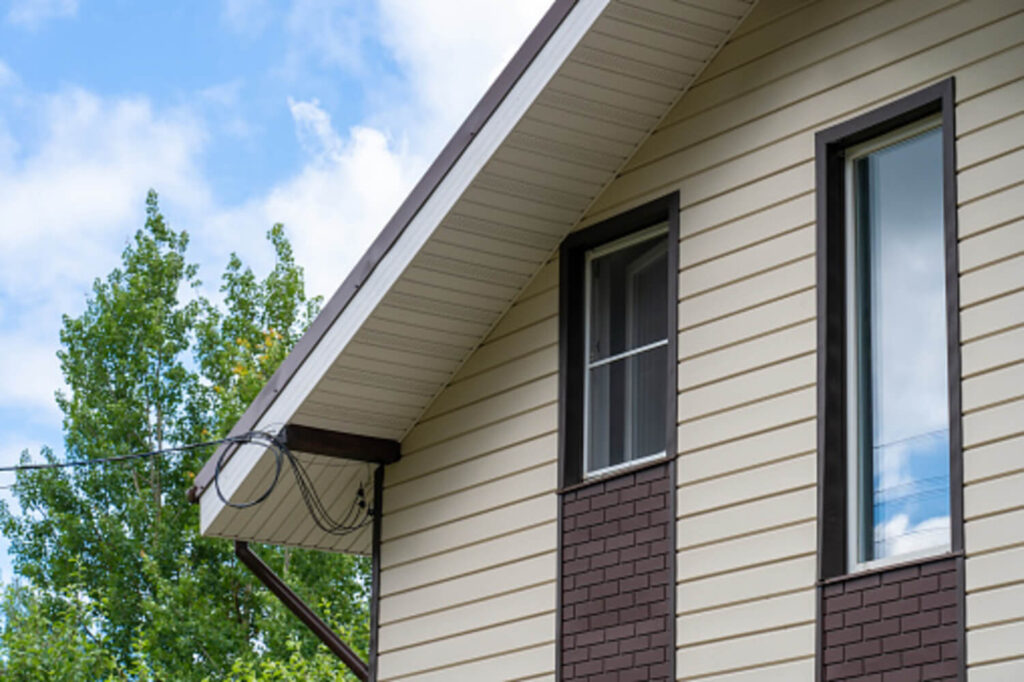As one of the most popular siding in the US, vinyl is known not only for its low price but also because it requires little upkeep. Some might even say that it doesn’t need any at all. However, there’s no such thing as a maintenance-free siding. If you want it to last over the years, take care of it from time to time.
Luckily, looking after vinyl siding isn’t much of a hassle. You are more than enough. Check out these top five ways you can do to keep your siding in good condition.
1. Wash it
Simply cleaning vinyl siding at least once or twice a year will keep it fresh and longer-lasting. All you need is a soft bristle brush, mild soap, and a hose. Lightly scrub the siding using your brush and soap, making sure to get rid of all the dust and dirt. Then, rinse it well with water from your hose. Check again for any residue and repeat the process. After that’s done, you’re good to go. This usually takes an hour or two, depending on the size of your home. It’s that easy.
2. Repair it
This goes without asking. If you spot any breaks or cracks in your siding, fix them as soon as possible. You don’t want to let moisture and water in those gaps as they can affect your home’s integrity and insulation. But how do you know that your siding is broken? Here are some pointers to remember:
- Streaking and staining: Some discoloration on vinyl siding may be normal because of dirt and dust buildup and exposure to the elements. But you can never be too safe. Be sure to check any abnormal stains on your siding.
- Interior wall damage: If you notice any mold and mildew buildup inside your home, this can indicate exterior siding damage.
- Loose and broken panels: This one’s pretty simple to find and an obvious sign of your siding breaking down. Immediately repair and replace it to avoid further trouble on your vinyl siding.
The longer you wait, the worse the damage gets. So, take action promptly. For the best results, call for help from a professional.

3. Clean Mildew and Mold
If you live in a damp climate, you may often observe mold and mildew around your house, especially in darker areas. When you do, get rid of them now before they get worse. You can do it in a flash. Use household cleaner, laundry detergent, laundry bleach, or a vinegar solution to wipe molds off your vinyl siding. If those aren’t effective, don’t fret. Cleaners specifically designed for vinyl are always available. It will surely solve the problem. Never resort to strong chemical cleaners. They’ll only result in more damage.
4. Using Pressure Washer
Using a pressure washer to clean vinyl is faster than just washing it with a brush and soap. But here’s the catch. When done incorrectly, it can also result in water damage to your siding due to its high power. However, if you’ve decided on using your pressure washer, at least read these few tips first, so you know what you’re doing:
- Make sure the pressure isn’t too strong.
- Maintain a few feet away from your home.
- Mix your solution with an appropriate amount of cleaning agent.
- Start from the bottom to the top of your house, moving the pressure washer sideways and never vertically.
- Avoid hitting any fragile areas in your home, like windows, outdoor lights, and damaged exterior.
- Rinse with water from top to bottom after power washing.
Pressure washing is tricky, but it’s also undeniably efficient. Don’t forget to keep those tips in mind. Remember to consult with the company first because it could affect the vinyl siding warranty.
5. Help from a Professional
Hiring a legitimate professional to do all the work for you can never go wrong. In general, they know how to maintain vinyl siding more than you. Moreover, if the damage is excessive and you’re not so sure about it, it’ll be wise to seek assistance from the pros.

Conclusion
Vinyl is a cost-effective siding option for your home. With consistent maintenance, it can remain standing for the decades to come. Even better, upkeep doesn’t take much, and you can easily do it yourself.

